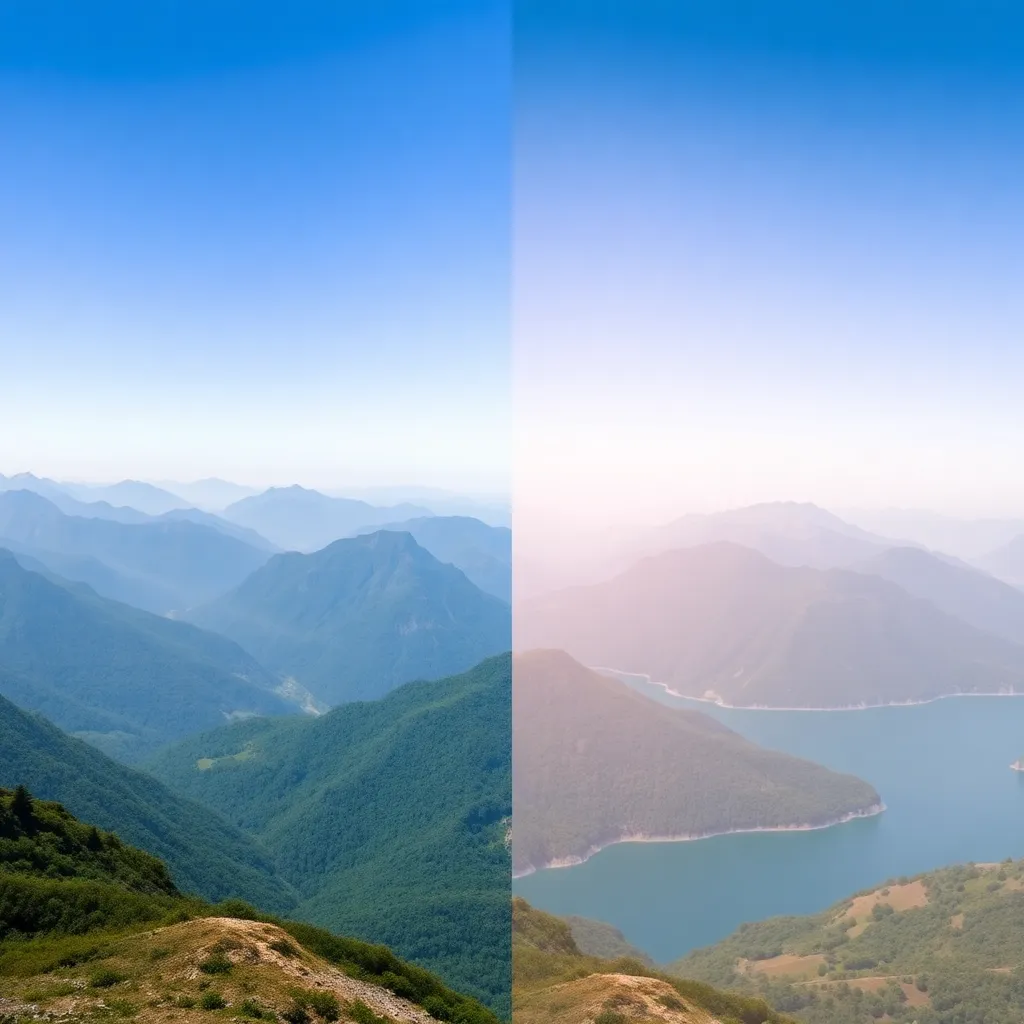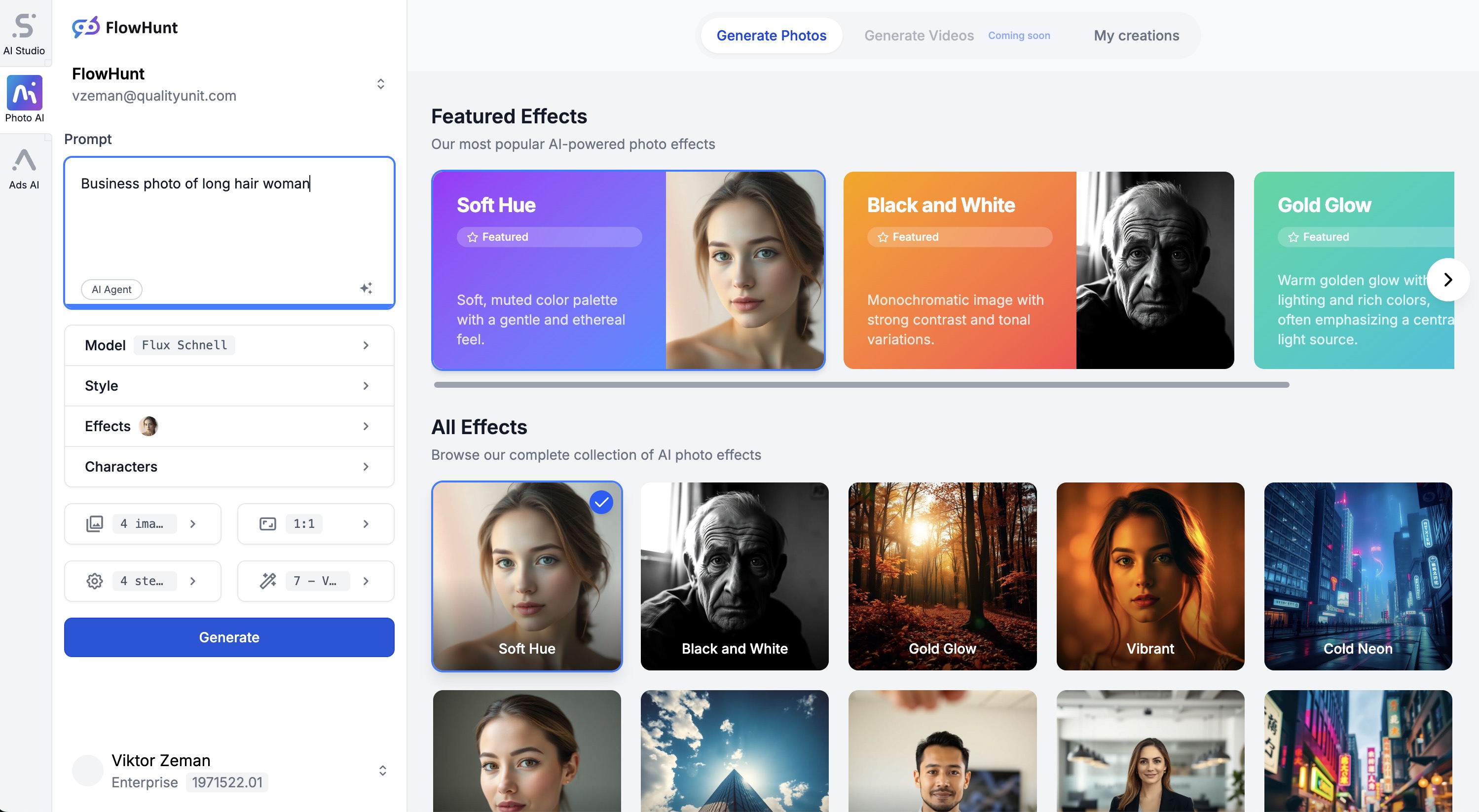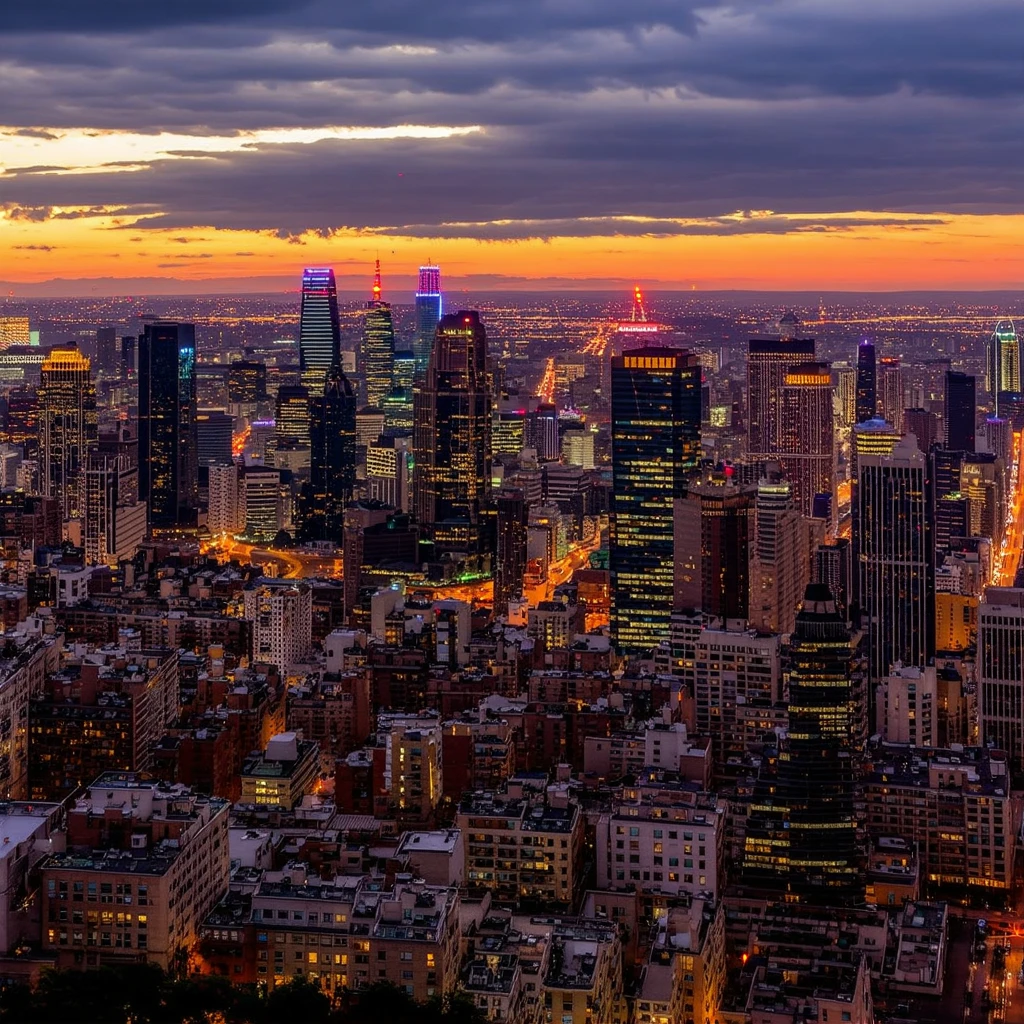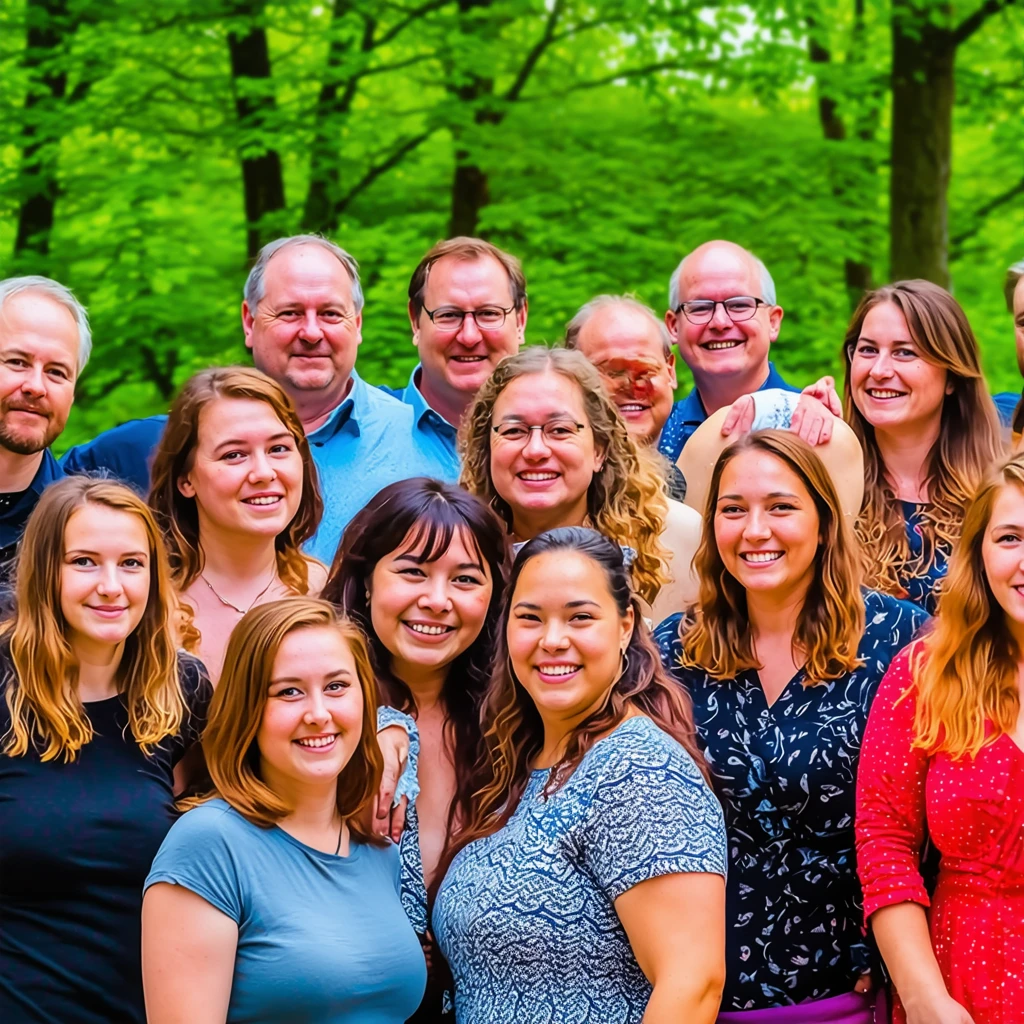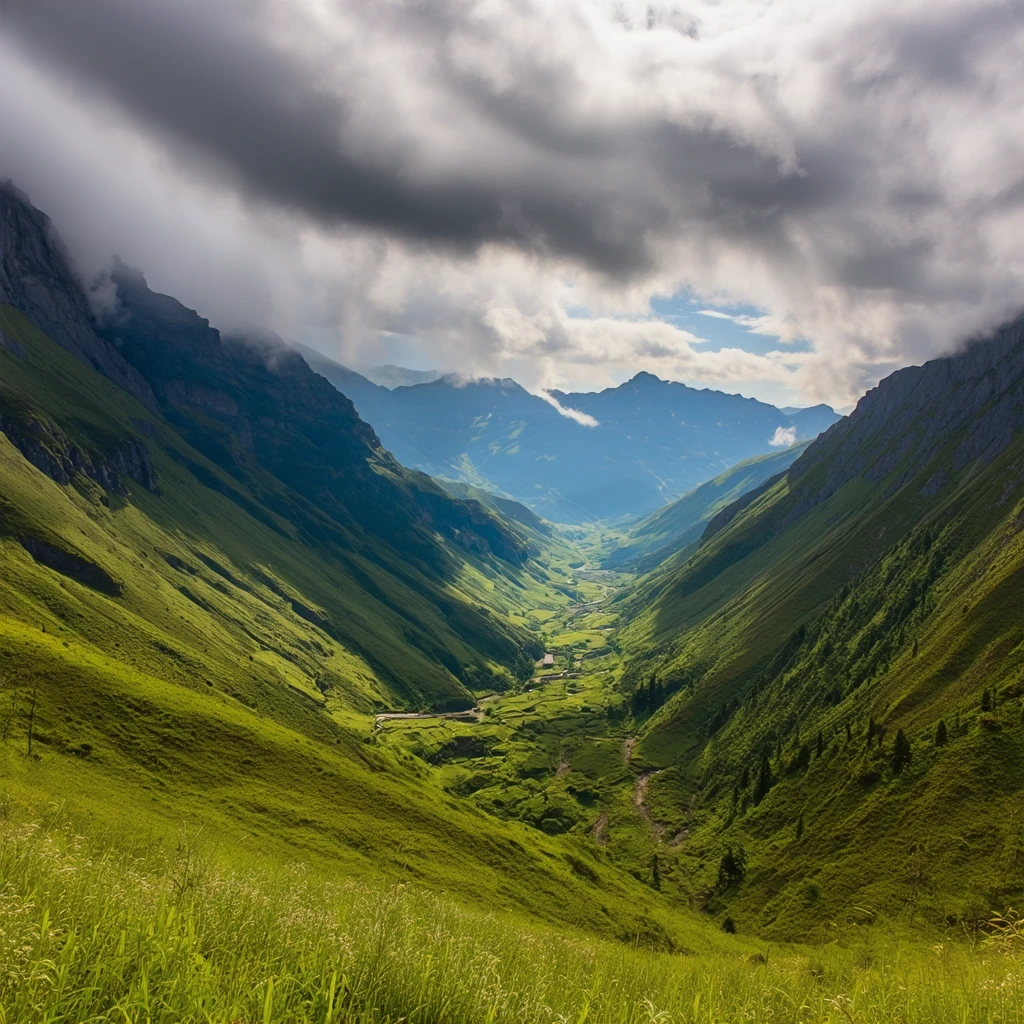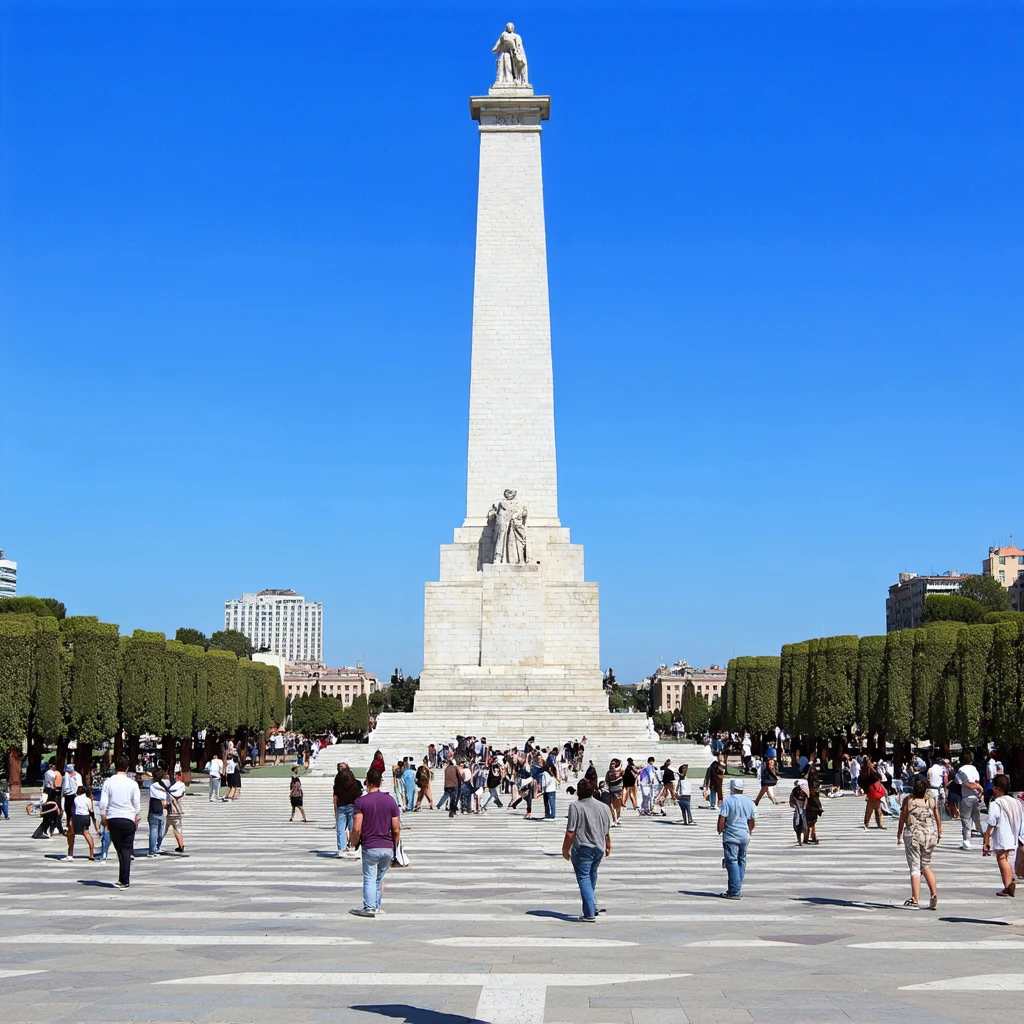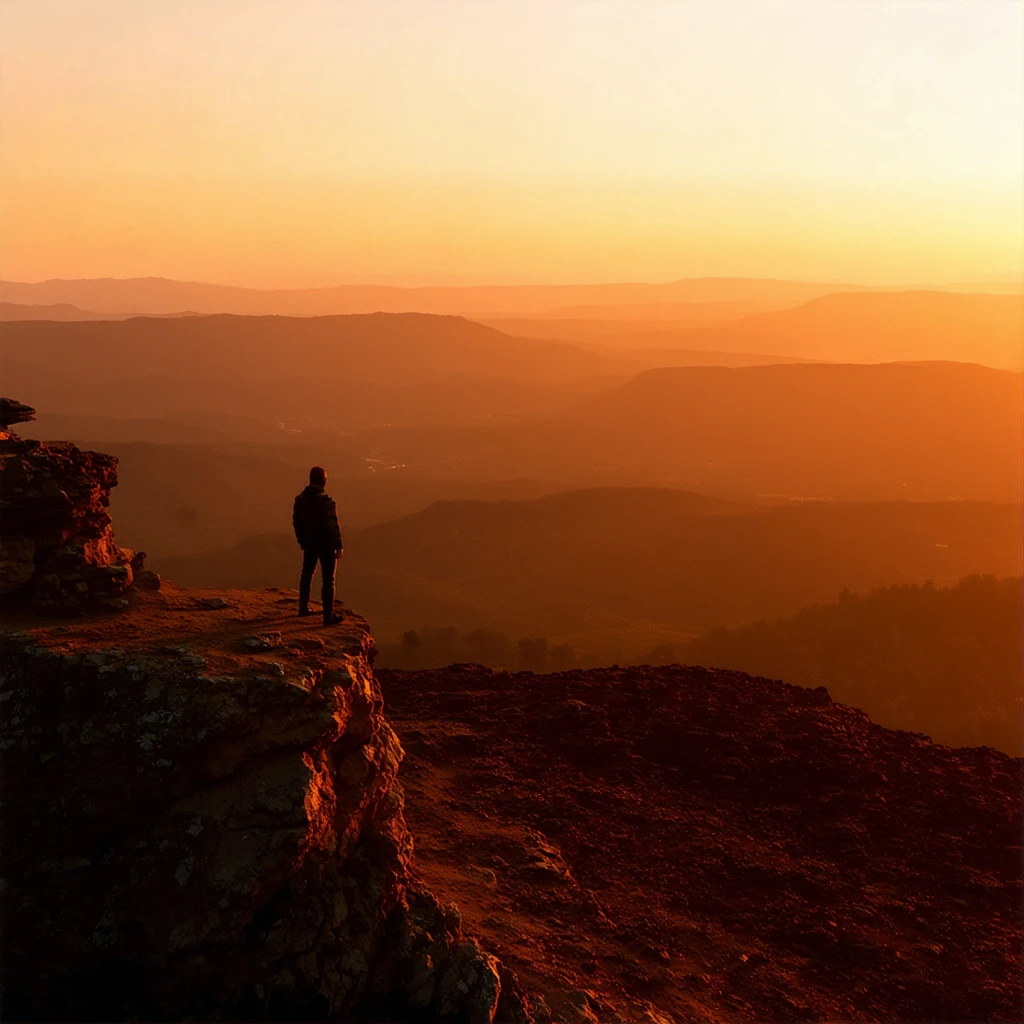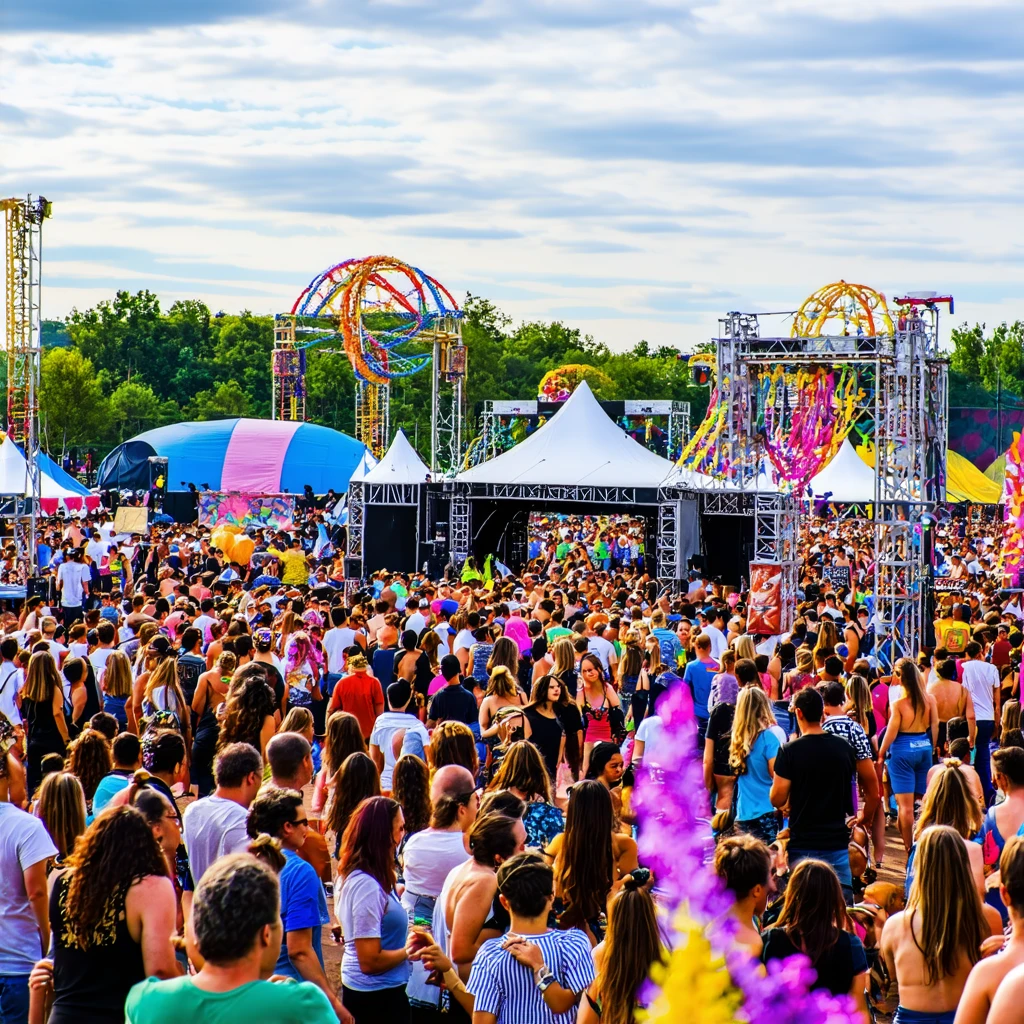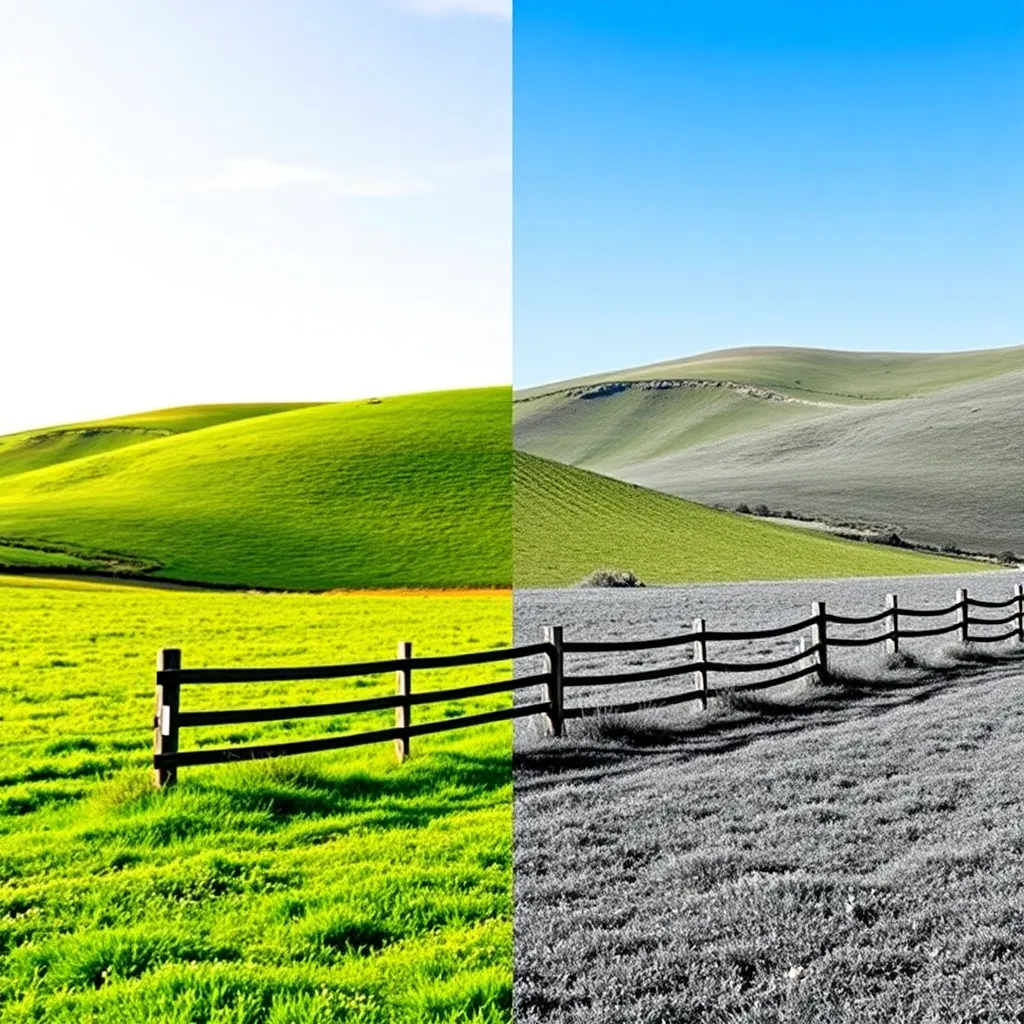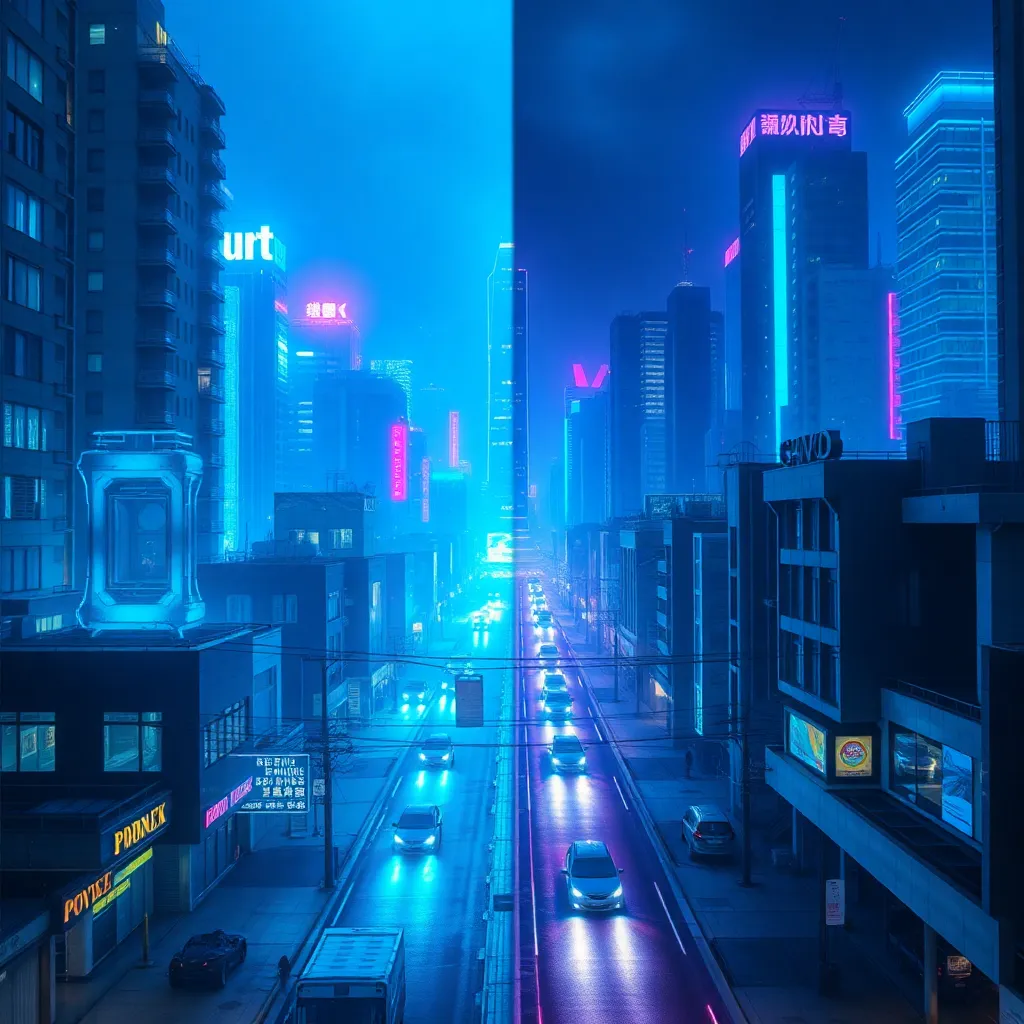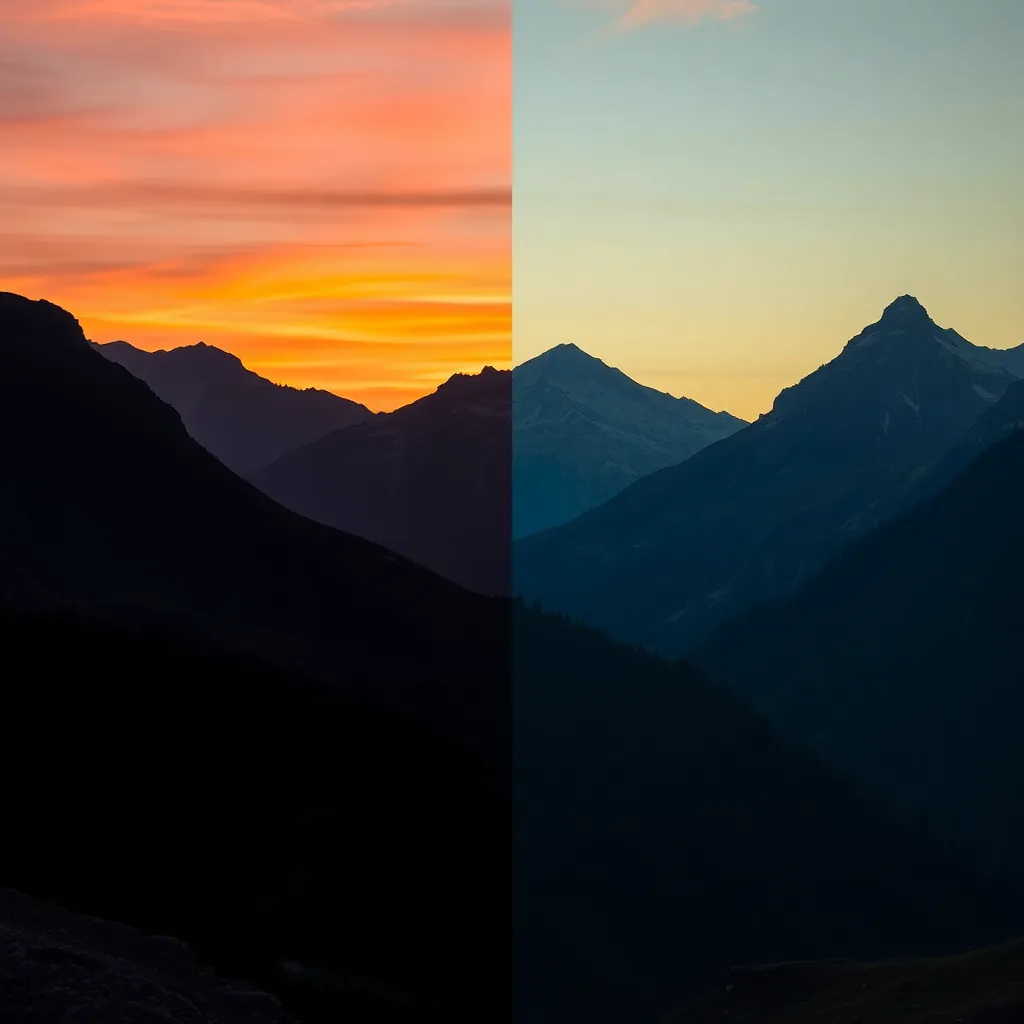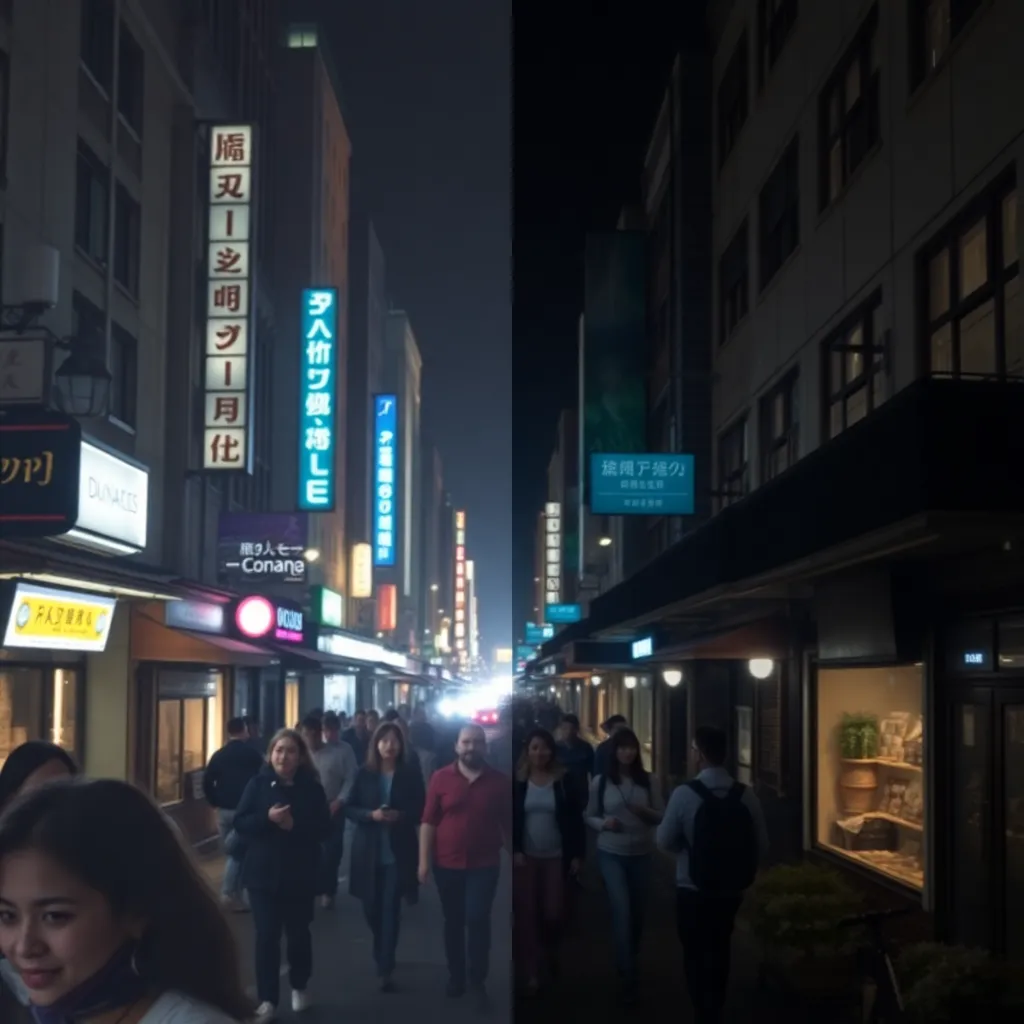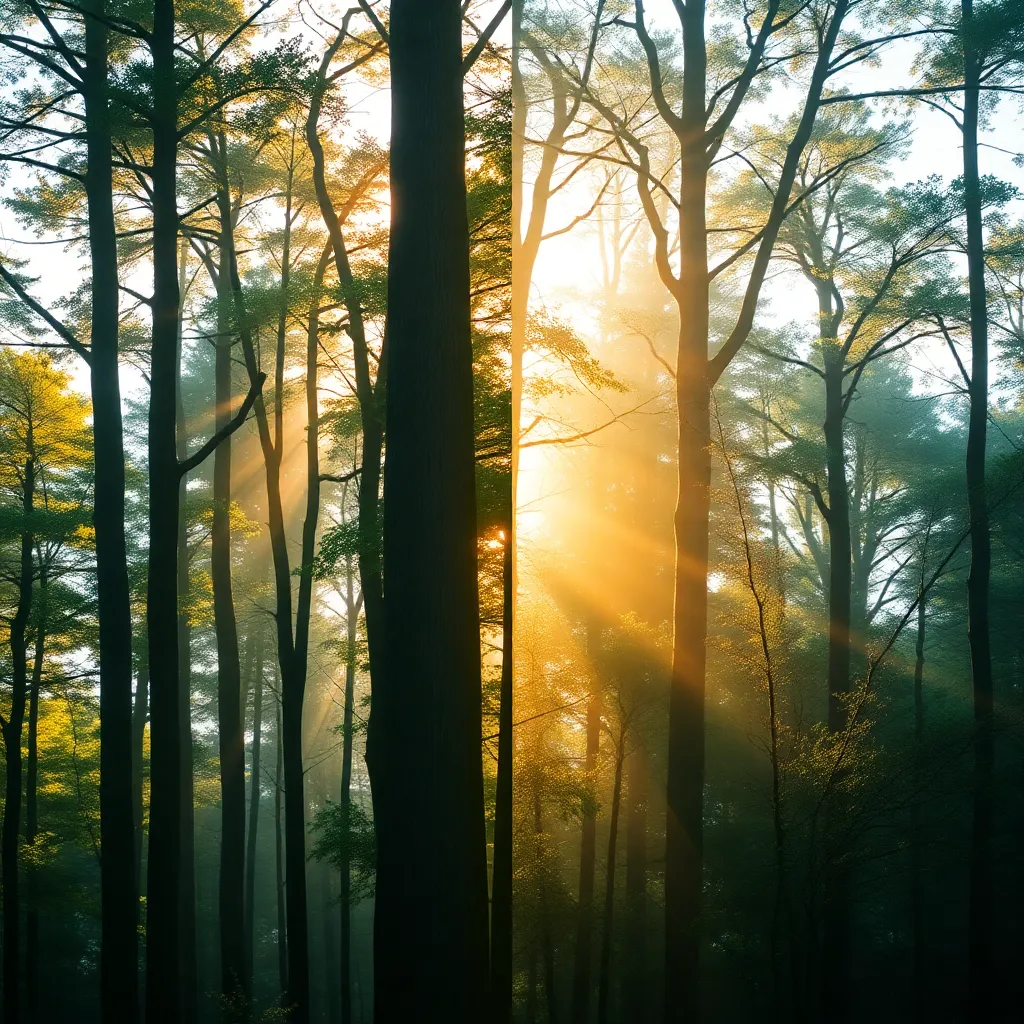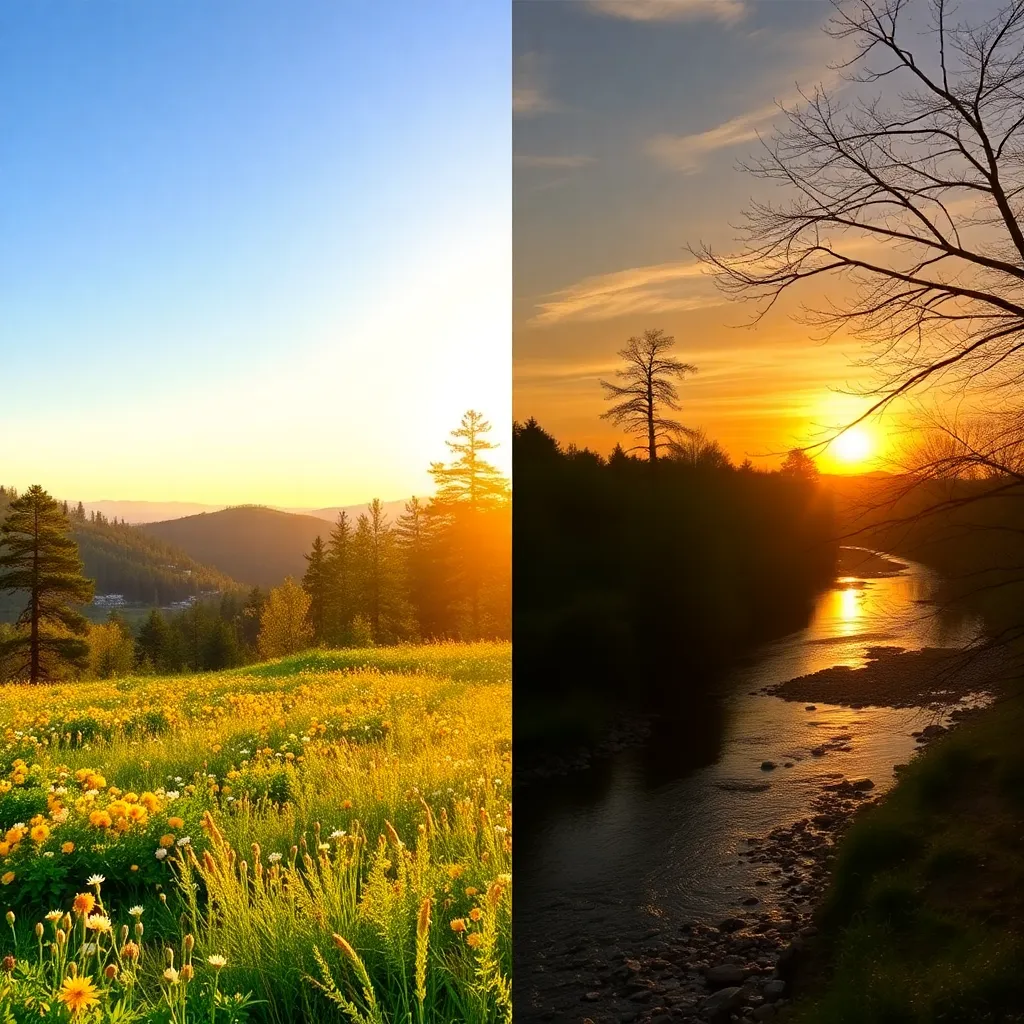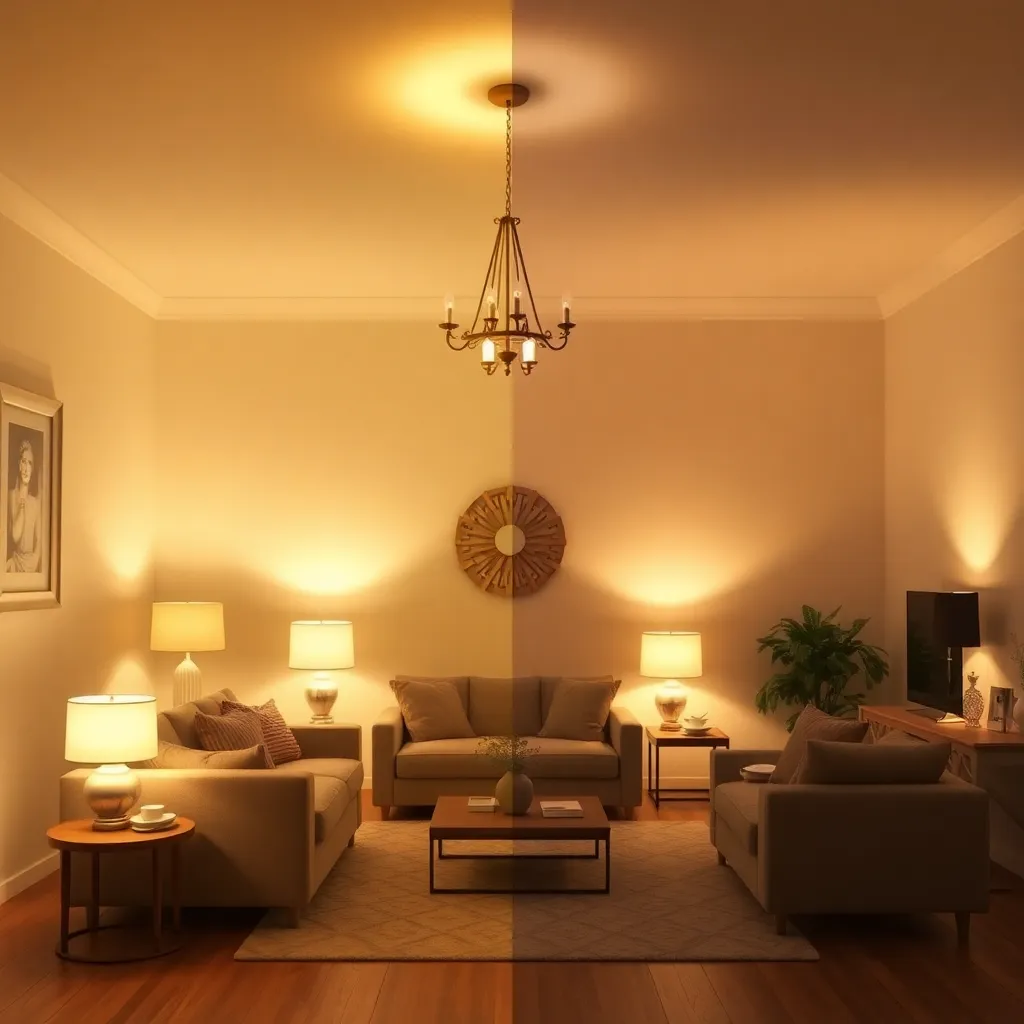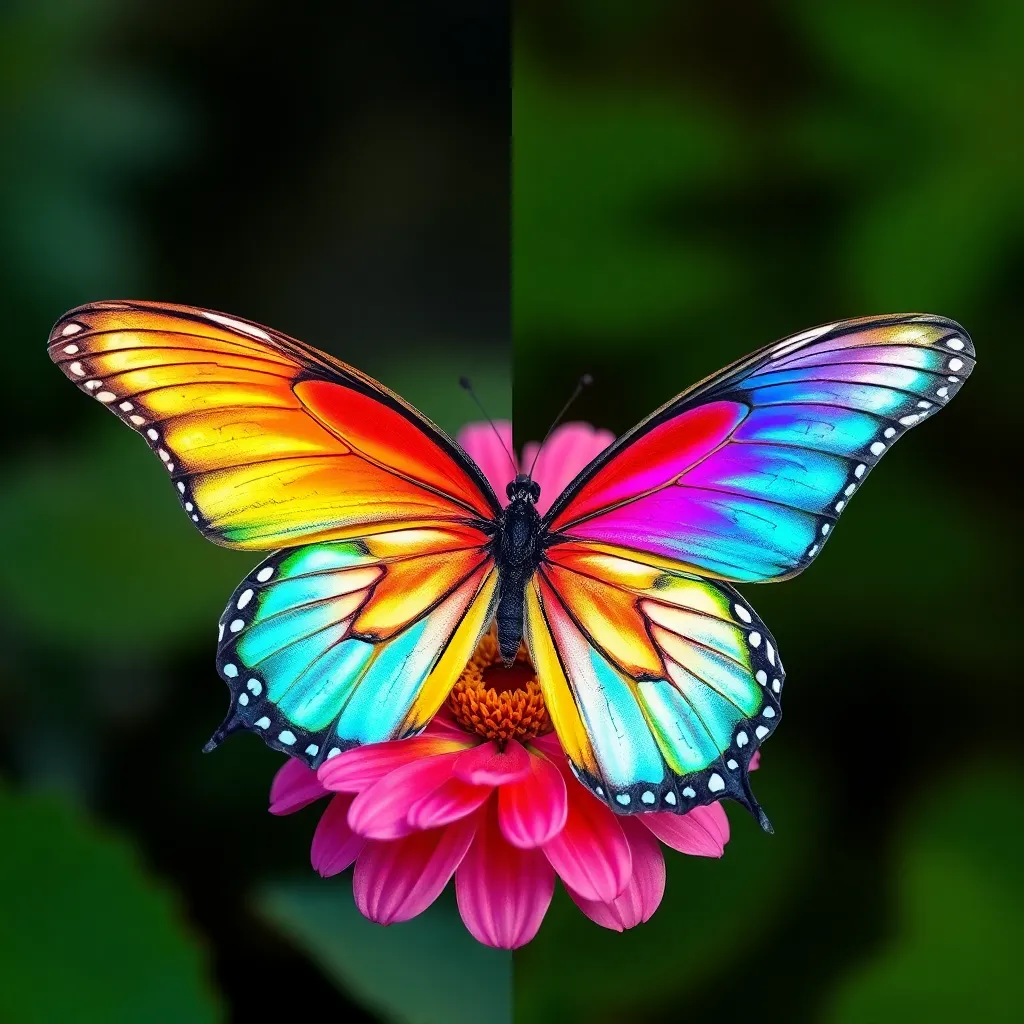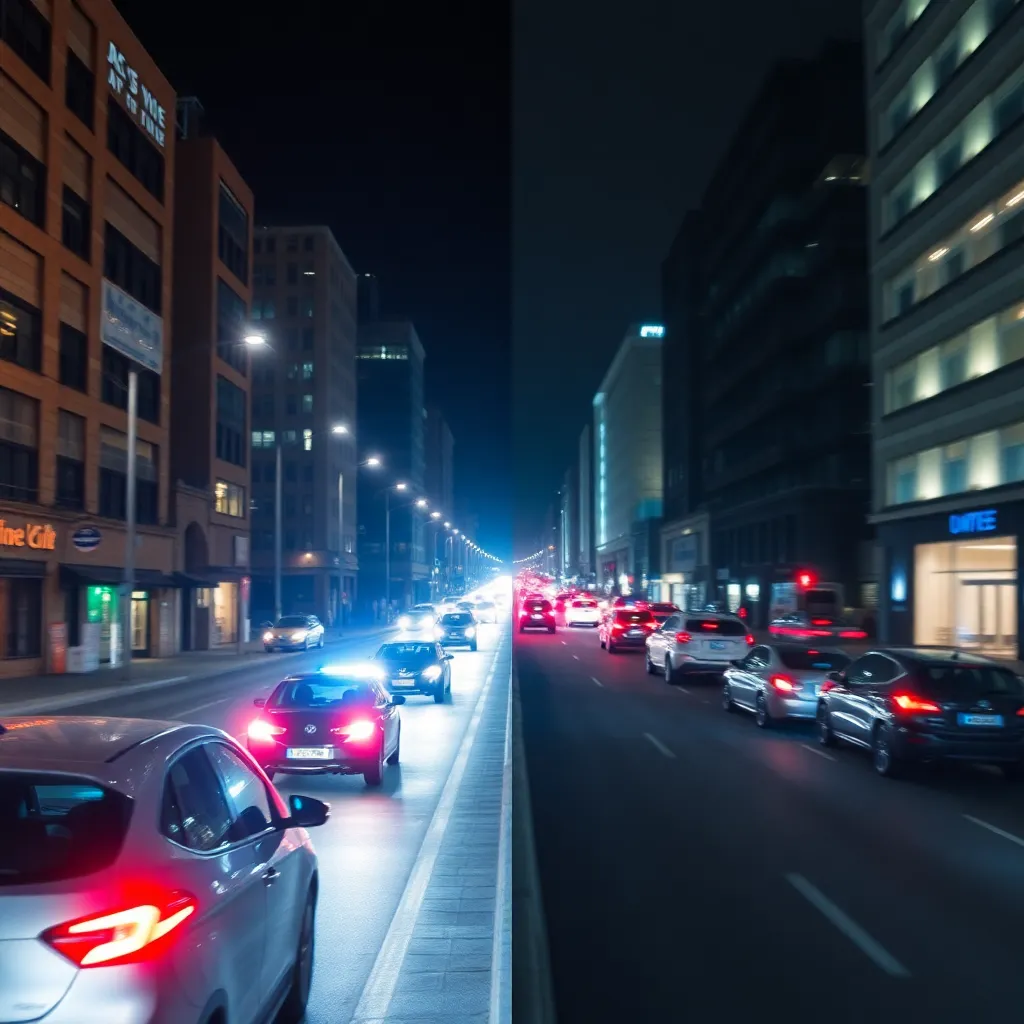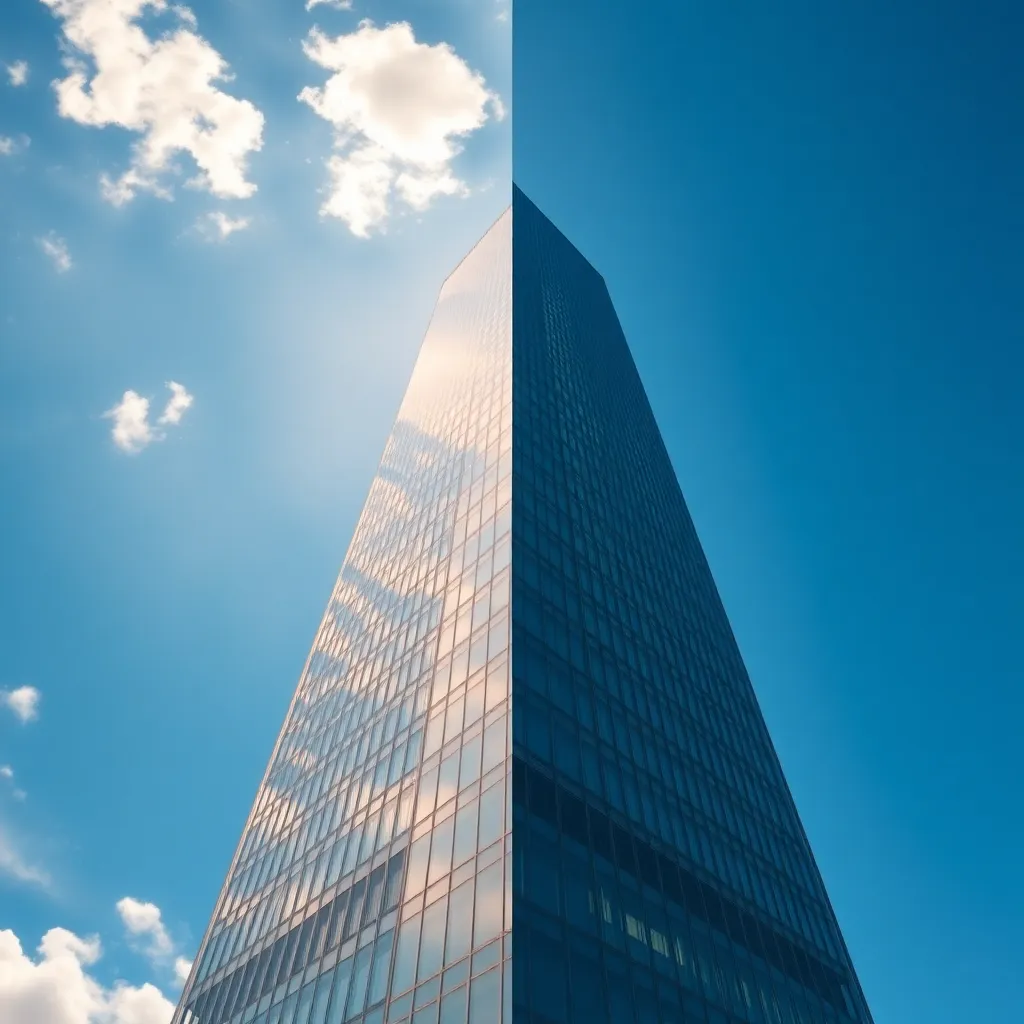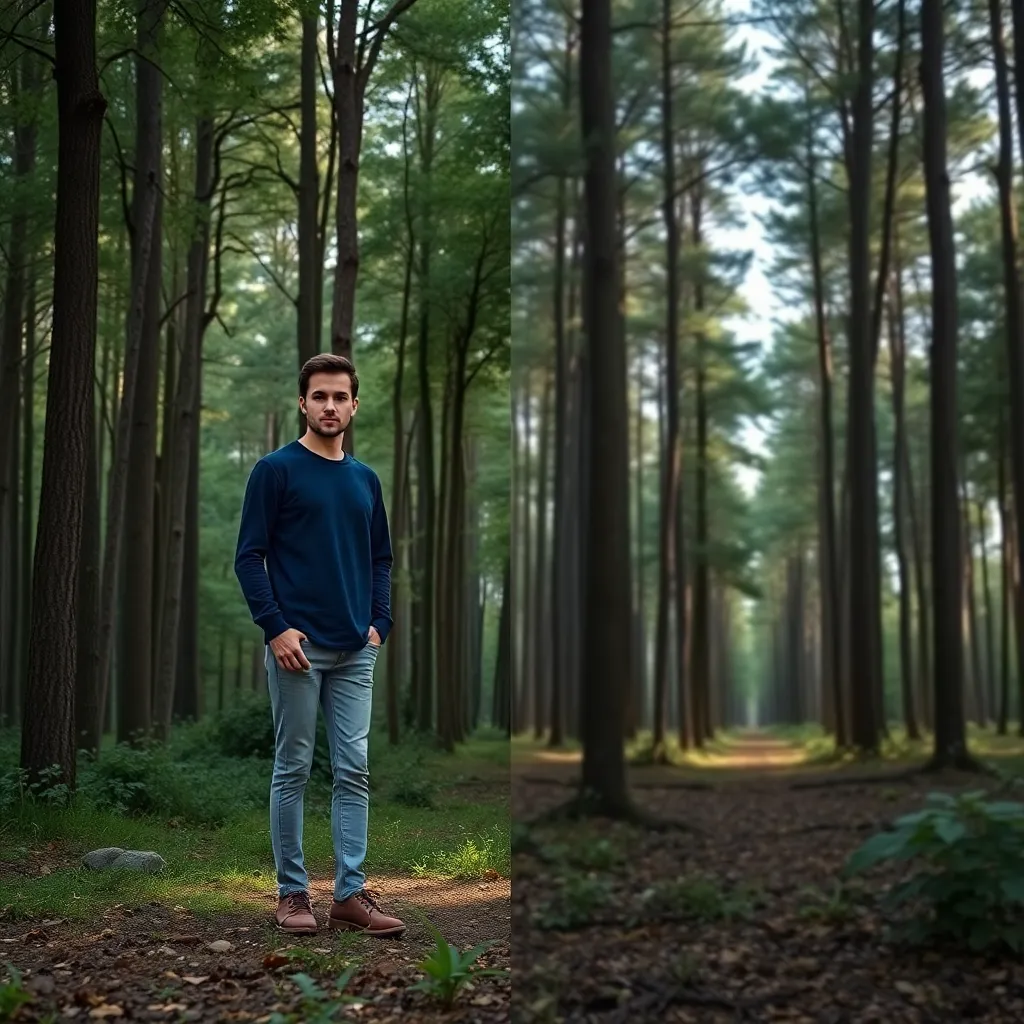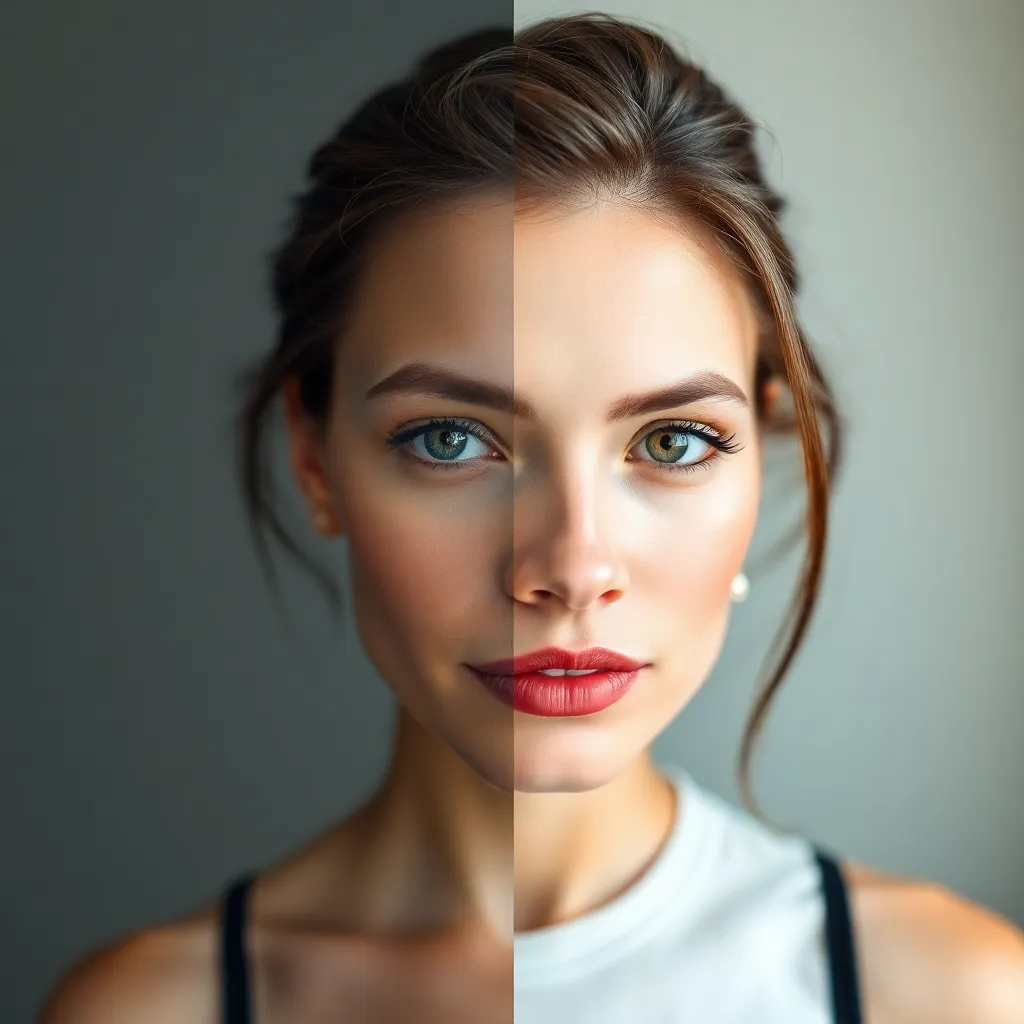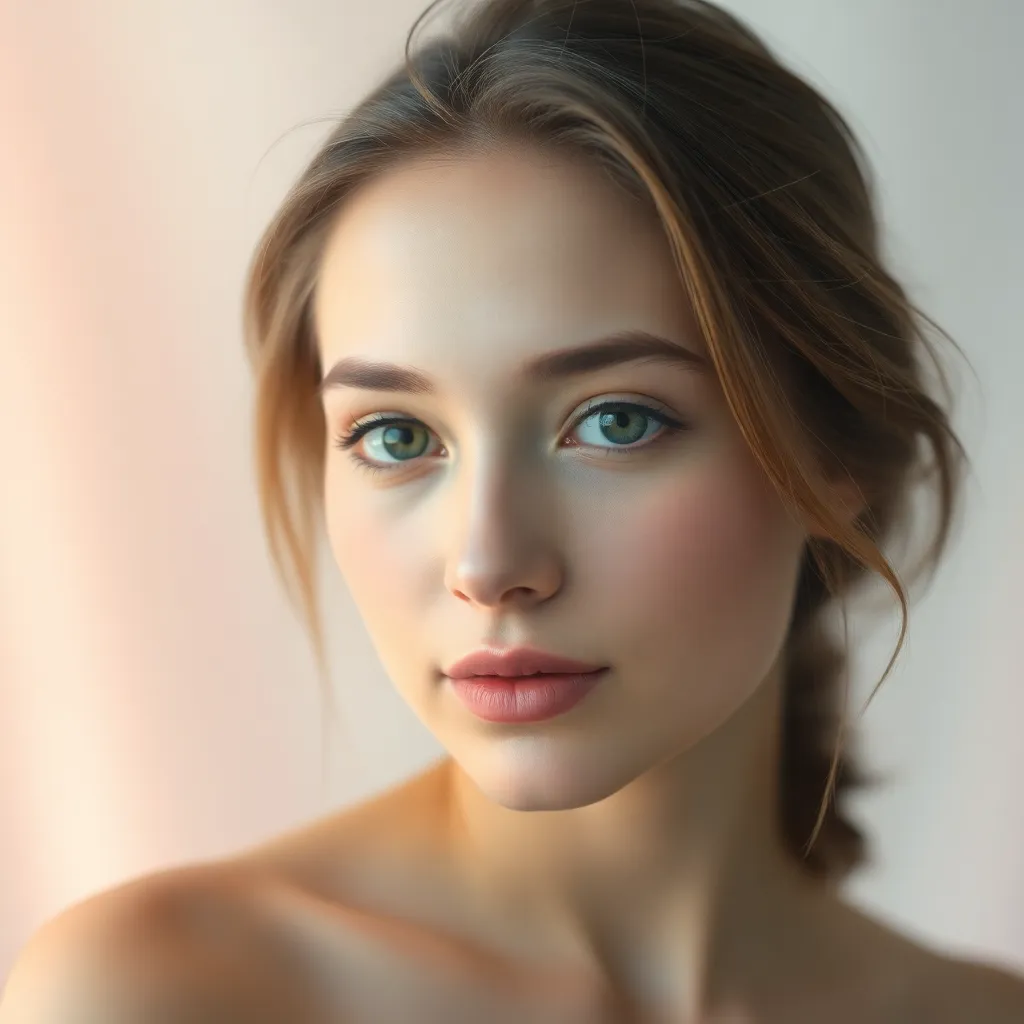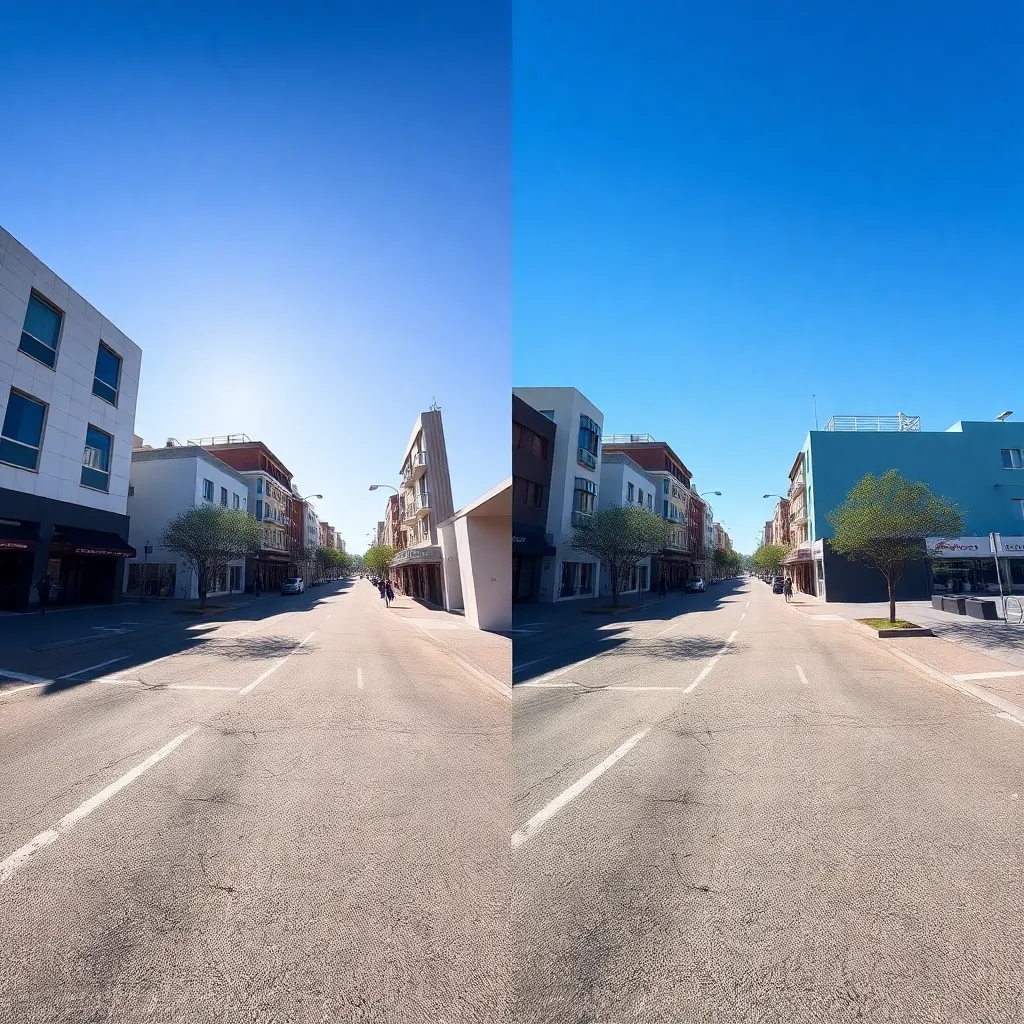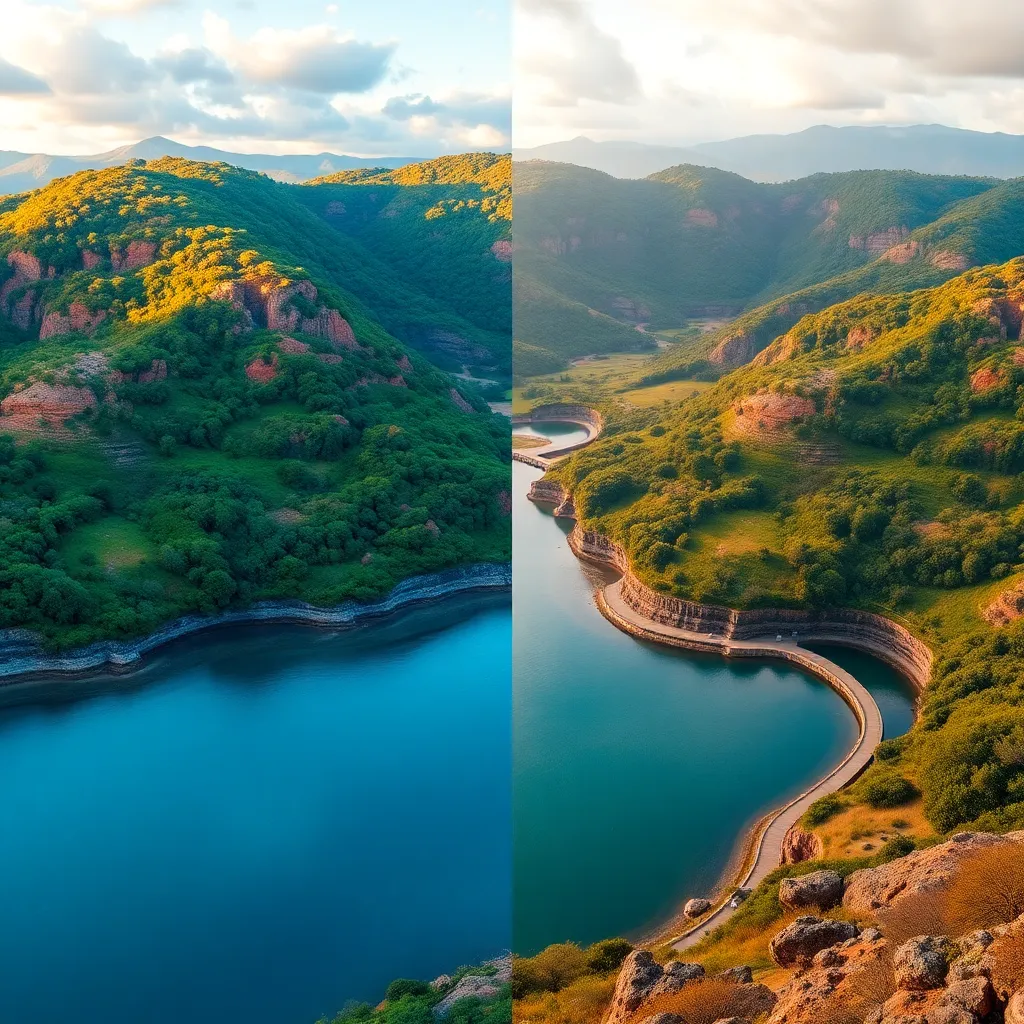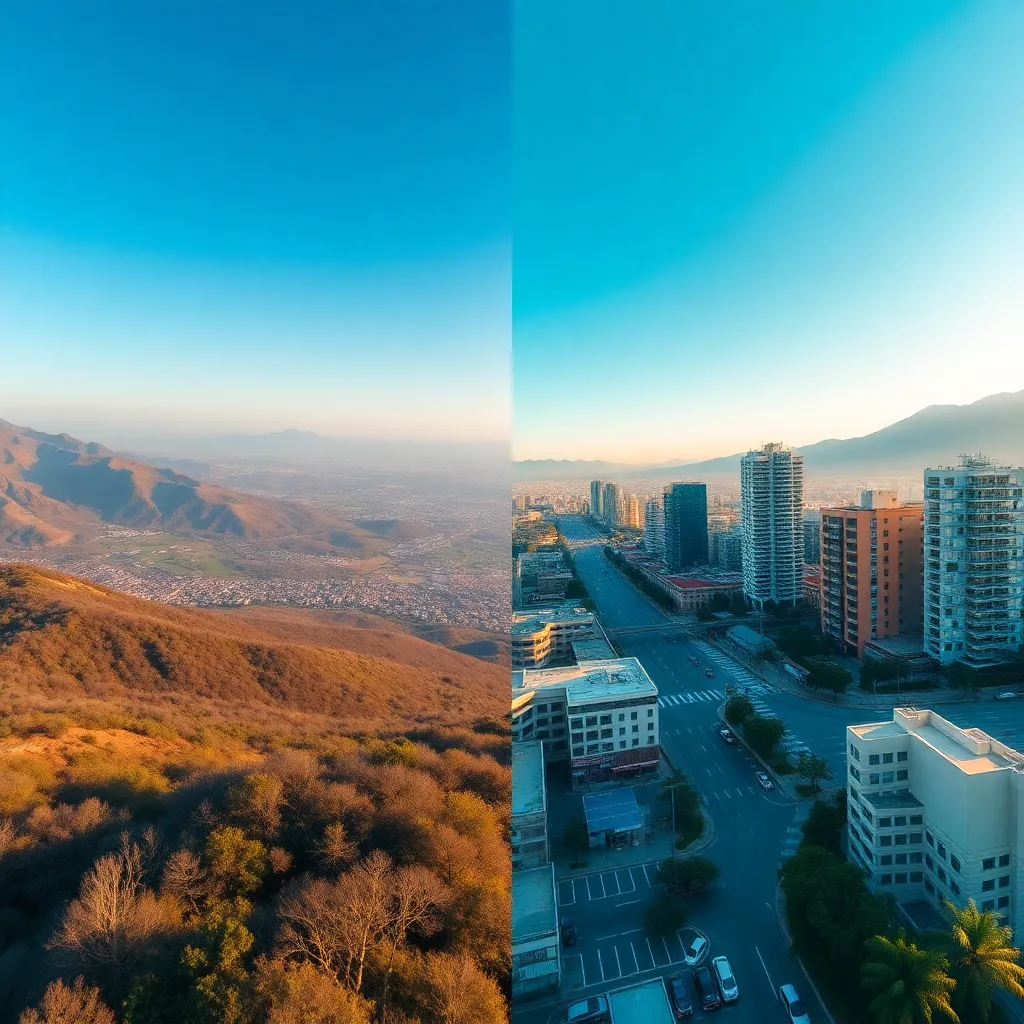Description of the Wide Shot Effect
The Wide Shot effect is a photographic and cinematic technique that captures a broad field of view, encompassing not only the main subject but also the surrounding environment. By using wide-angle lenses or special camera settings, photographers can include more elements within a single frame, creating images that convey scale, context, and spatial relationships. This effect is essential for storytelling, allowing viewers to immerse themselves in the scene and understand the bigger picture.
Wide shots are characterized by their ability to make subjects appear smaller within their settings, emphasizing the grandeur, vastness, or complexity of the environment. This makes them a favorite choice for landscapes, cityscapes, group photos, and cinematic storytelling.
Who Uses the Wide Shot Effect?
The Wide Shot effect is widely embraced by both amateur and professional photographers, as well as filmmakers and content creators. Its versatility makes it a staple in various genres:
- Landscape Photographers use wide shots to capture sweeping vistas and majestic natural scenery.
- Architectural Photographers rely on wide shots to present entire buildings or monuments within their urban context.
- Event Photographers utilize wide shots to showcase the scale and energy of large gatherings or festivals.
- Cinematographers employ wide shots to establish locations and create cinematic storytelling.
- Travel and Documentary Photographers frequently use this effect to provide a sense of place and narrative.
In addition, real estate professionals, wedding photographers, and social media influencers use wide shots to highlight settings, capture group moments, and enhance visual storytelling.
How Does the Wide Shot Effect Enhance Photos?
The Wide Shot effect offers several key enhancements to photography:
Conveys Scale and Grandeur: By including a large portion of the scene, wide shots emphasize the size and majesty of natural or man-made environments. This is especially powerful in landscape and architectural photography, where the vastness or intricacy of a scene is central to its appeal.
Provides Context: Wide shots give viewers a clear understanding of the subject’s surroundings. This added context is crucial for storytelling, allowing the audience to see how subjects interact with their environment—whether it’s a person in a cityscape, a group at a festival, or a monument in its plaza.
Enhances Storytelling: In both photography and film, wide shots are used to establish the setting, mood, and relationships between elements. They set the scene and provide narrative depth that draws the viewer in.
Invokes Immersion: By visually placing the viewer within the scene, wide shots create a sense of being present, making images more engaging and memorable.
Captures Group Dynamics: Wide shots are ideal for photographing large groups, ensuring everyone is in the frame and the setting is visible, which is invaluable for events, gatherings, and celebrations.
Use Cases of the Wide Shot Effect
The Wide Shot effect is versatile and beneficial in numerous photographic scenarios:
1. Cityscapes
Wide shots capture the expanse of bustling cities, tall skyscrapers, and glowing lights, showcasing urban vibrancy and scale. They’re perfect for travel photography, urban exploration, and architecture blogs.
2. Large Group Photos
Photographing large gatherings outdoors or at events becomes seamless with wide shots, as everyone fits into the frame. The setting adds context and atmosphere, making memories more vivid for everyone involved.
3. Natural Landscapes
Wide shots bring out the breathtaking beauty of mountains, valleys, and meadows, highlighting the vastness of nature and the interplay between land and sky. Landscape photographers rely on this effect to create awe-inspiring images.
4. Architectural Marvels
Capturing entire monuments or buildings with their surroundings gives viewers a sense of scale and architectural grandeur. Wide shots are essential for travel, editorial, and real estate photography.
5. Cinematic Scenes
Wide shots are fundamental in film for establishing locations, creating mood, and emphasizing the relationship between characters and their world. They add drama, atmosphere, and visual storytelling.
6. Large Events and Festivals
From outdoor concerts to vibrant festivals, wide shots capture the energy and excitement of large crowds, stages, and decorations—making viewers feel as though they are part of the celebration.
Each use case benefits from the wide shot’s ability to include more of the story within a single frame, enhancing the appeal and impact for the end user.
Pro Tips for Using the Wide Shot Effect
Use the Right Lens: Invest in a high-quality wide-angle lens to minimize distortion and ensure sharpness across the frame. For smartphones, use wide or ultra-wide modes.
Mind the Edges: Wide shots can distort elements at the frame’s edges. Pay attention to composition and avoid placing important subjects too close to the borders.
Keep the Horizon Straight: A crooked horizon can distract viewers. Use grid lines or a tripod to keep your shots level.
Include a Focal Point: While wide shots capture a lot, every image needs a point of interest. Use leading lines, light, or color to guide the viewer’s eye.
Watch for Distractions: With more in the frame, unwanted elements can creep in. Clean up your composition or use post-processing to remove distractions.
Optimize for Depth: Add foreground, middle ground, and background elements to create depth and a three-dimensional feel.
Conclusion
The Wide Shot effect is a cornerstone of impactful photography and visual storytelling. By capturing an expansive view, it provides context, scale, and immersion—making images engaging and memorable. Whether you’re shooting landscapes, events, architecture, or cinematic scenes, mastering the wide shot will elevate your photography and help you tell richer, more compelling stories. Experiment with angles, lenses, and composition to make the most of this versatile effect!
